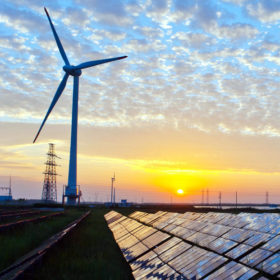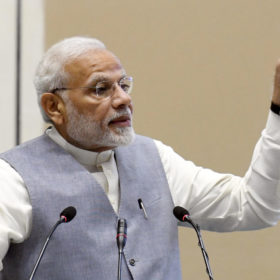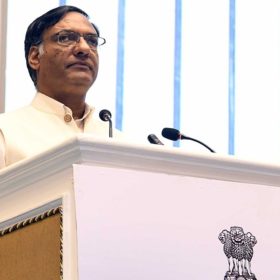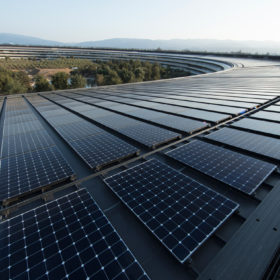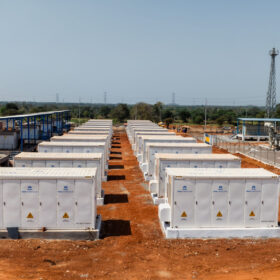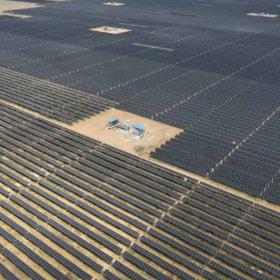Prioritising clean energy will be key to economic recovery
Cost savings associated with switching to least-cost energy solutions like wind and solar can be redeployed for economic recovery. At the same time, building resilience on fronts like energy system design and supply-chain management is crucial to deal with unexpected shocks and crises.
India’s renewable energy revolution serves as a model for the world
The country—aiming for a renewable power target of 450 GW by 2030—has emerged as the world’s largest and most competitive clean energy auction market.
Denmark and India sign MoU on green energy transition
The new Indo-Danish cooperation will prepare the Indian energy system for the integration of 450 GW renewable energy by 2030. It will focus on knowledge exchange in areas such as energy planning and scenario modelling, integration of high share of renewable energy, power system flexibility and electricity markets.
India reduces energy intensity of economy by 20% compared to 2005
That’s a significant feat for the country which has pledged to bring down the energy intensity of the economy by 33 to 35% compared to 2005 levels by 2030.
Project developers in south Asia can secure cash from IRENA funding pot
The Climate Investment Platform launched by three multilateral bodies in September is now open for business and renewables companies in developing nations across 14 regions including south Asia could qualify for help with clean energy facilities, renewables-related grid improvements and energy efficiency schemes.
Large scale storage still some way off
Consultancy Bridge to India has looked into its crystal ball to predict India will add 10 GW of solar capacity this year and the same next year before deployment slows to 7 GW per year in 2022 and 2023, dogged by hurdles such as an inexplicable ongoing demand for new coal-fired power plants.
Azure Power posts Q3 loss but continues to expand solar portfolio
The New Delhi-based developer posted a Rs136 crore loss from October to the end of December but has managed to shift current liabilities into the long grass as it aims to continue on an expansionist trail, backed by the Canadian pension fund which holds almost half its shares.
Solar powered portable cold storage, grid monitoring system among winners of Social Alpha Energy Challenge 2.0
The winning startups will receive lab-to-market incubation support at the Clean Energy International Incubation Centre (CEIIC), which has been set up by the not-for-profit platform Social Alpha with support from Government of India and Tata Trusts in Delhi.
India’s future energy options all add up to coal, agree the experts
Panellists including a government representative and a member of the chief policy thinktank used by Narendra Modi agreed coal will continue as the staple source of Indian power into the mid century and technology should be employed to ‘clean’ it.
Corporate clean energy PPAs surge globally, but India sees a drop
Year 2019 saw some 19.5 GW of wind and solar energy contracted by corporations globally through power purchase agreements, up more than 40% from the previous year’s record. The bulk of this purchase occurred in the U.S. with tech companies and oil and gas majors leading the charge. India, however, saw a drop amid rollback of attractive policies, says a new report from BloombergNEF.

